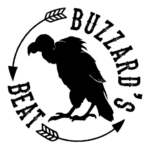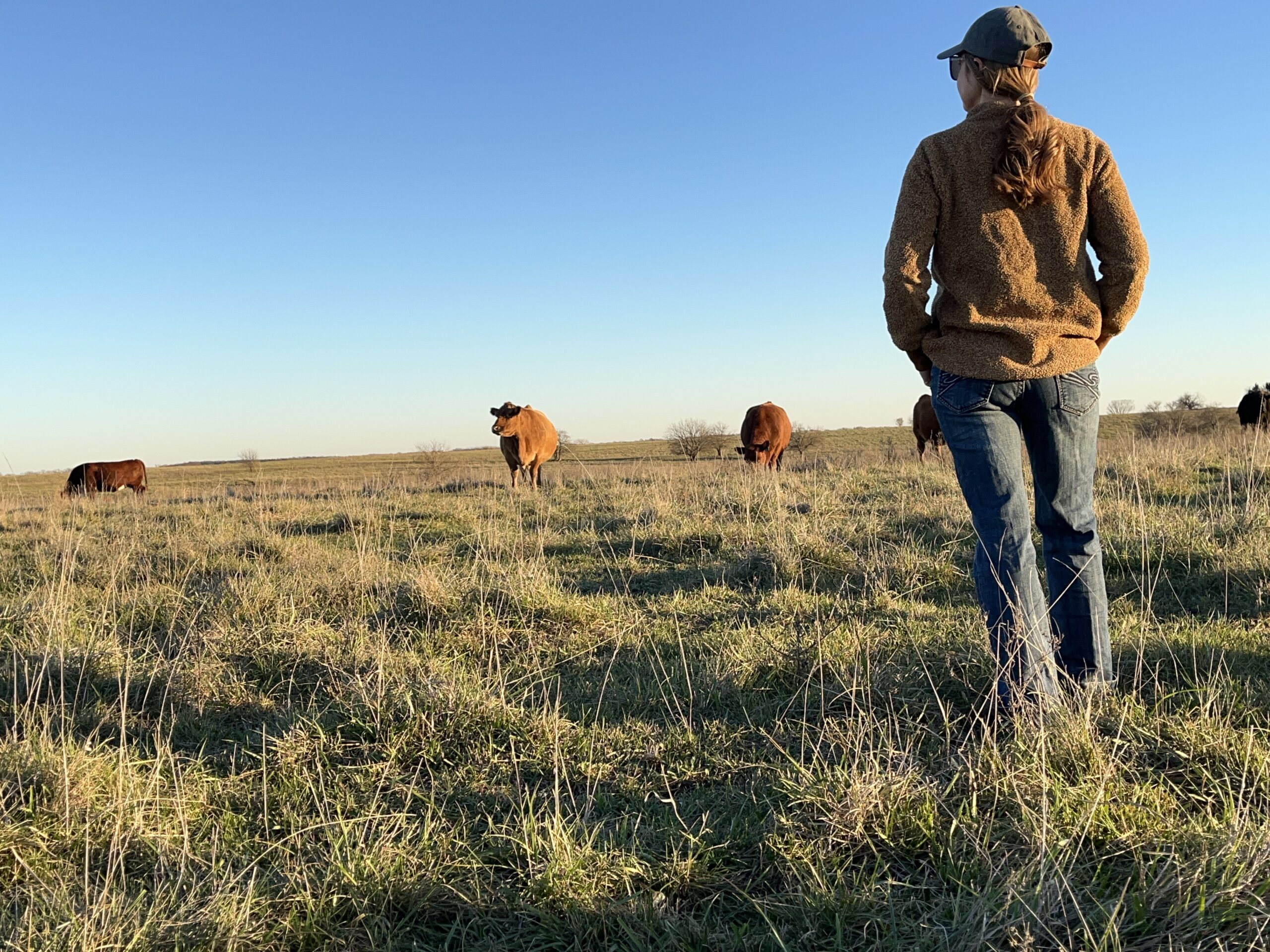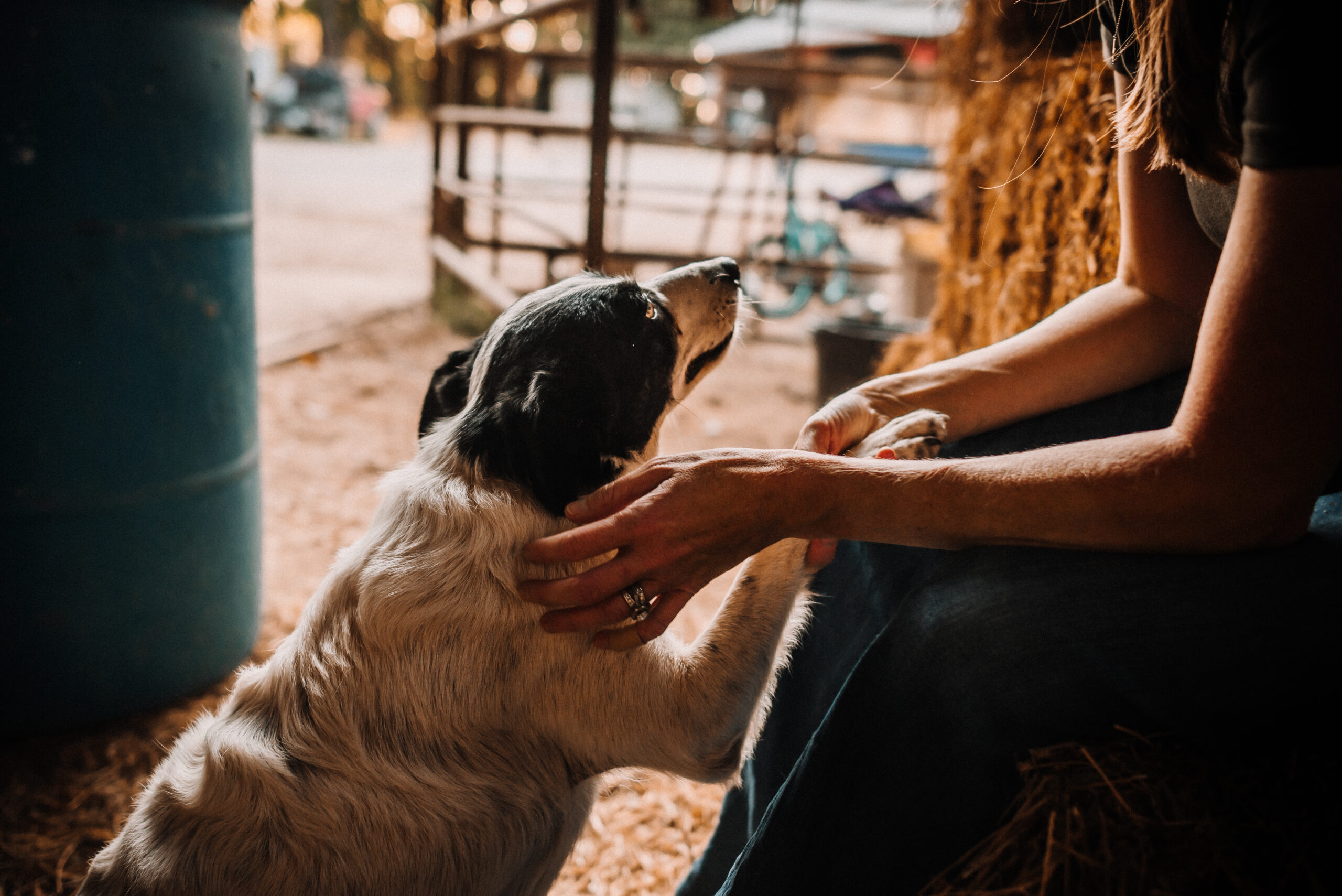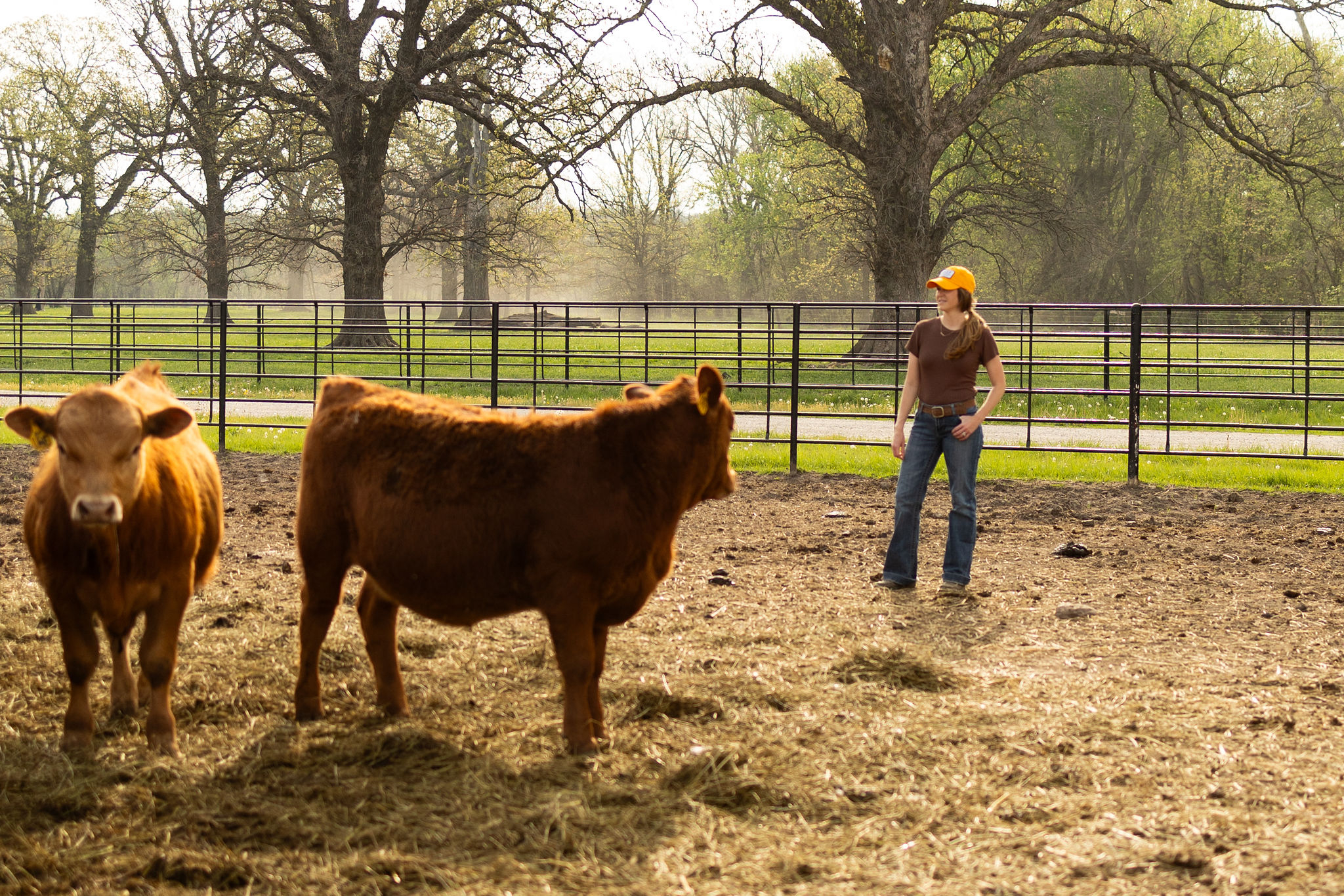We also stockpile on our ranch but it’s likely not the TV-worthy stockpiling you’re used to. Let me explain…
Our ranch is deep in the heart of fescue country here in southeast Kansas. Fescue is a type of cool-season grass, so even though its growth shuts down in the triple-digit August heat, when the weather cools down and we get some early fall moisture, it gets a boost in growth. For example, the small amount of moisture we have gotten this fall – because we’ve been in a drought since last fall – has given our pastures a much-appreciated boost of green, even in December.
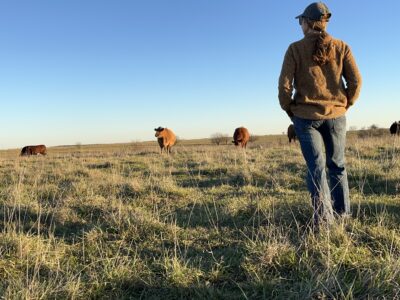
Because of our rotational grazing practices, we stockpile our grass in the fall. Stockpiling is a rather simple concept – instead of cutting, baling and storing hay in late summer or early fall, we let our fescue grow and allow our cattle to graze it for as long as possible.
There are three basic reasons we subscribe to this practice:
- Extend the Grazing Season – rather than baling and storing hay to feed in the late fall and winter, by stockpiling grass we are able to extend our grazing season into December and, hopefully, even early January. This saves us fuel and time from not having to put up more hay and keeps the cows out on the grass, where they can replace carbon by grazing.
- Preserve Herd Health – by keeping the cows out on the pasture, we avoid hauling feed to muddy lots. Thankfully, we deal with a lot of mud November – May (I say thankfully because that means we’ve gotten rain), but that rain during colder months and cows being in closer quarters (not crowded, but closer) can lead to respiratory illness and failure to thrive for fall-born calves. Calves that aren’t thriving don’t gain as well and in a business where dollars equate to pounds, we need our calves growing and thriving. Keeping the cow-calf pairs out on pasture plays a seemingly small role in herd health, but one that we think is worth it for the long-term benefits.
- Strengthen Pasture Quality – when we leave grass on the pasture and allow it to flourish, it grows both up and down. Meaning it’s growing both above and below ground – the roots get stronger and improve soil quality through water-holding capacity and nutrient availability. Improved soil quality and water-holding capacity help us reach our grazing goals – the healthier the soil, the better the grass will grow and more grass = well-fed cows = happy ranchers. It just makes sense that healthy pastures lead to healthier cattle.
We are not experts on nationwide grazing by any means, but we have found that a strategy of rotational grazing, plus stockpiling in the fall, has helped us preserve pasture quality while aiding us in our herd health and quality goals, as well.
This time of year, we are thankful for the mentors and colleagues who provide us with solid insight and data to back our management decisions and also for timely moisture to give us that boost of green just when we need it. Grass and cattle management are tremendously more difficult during drought, but each year we do our best with the situation we are dealt in the hopes that we can improve at least 1% in both pasture and cattle quality.
Until next time,
~ Buzzard ~
